44 label the structure and functions of membrane proteins
› cell-membrane-373364Cell Membrane Function and Structure - ThoughtCo Portions of these transmembrane proteins are exposed on both sides of the membrane. Cell membrane proteins have a number of different functions. Structural proteins help to give the cell support and shape. Cell membrane receptor proteins help cells communicate with their external environment through the use of hormones, neurotransmitters, and other signaling molecules. Transport proteins, such as globular proteins, transport molecules across cell membranes through facilitated diffusion. › golgi-apparatus-functionsTop 8 Golgi Apparatus Functions In Cell | Golgi Body Functions Jun 18, 2022 · Some proteins are packaged and delivered to the cell membrane, which then incorporates these proteins as a part of the plasma membrane. 6 Proteins, lipids, and molecules are transported to other cellular compartments and organelles by the process of Exocytosis that occurs in the Golgi Apparatus.
Cell Membrane Structure and Function - Biology Wise Proteins and lipids are important components which form the cell membrane. Different mechanisms carry out the function of incorporation and removal of materials into and out of the membrane. The process of the fusion of cell membrane with intracellular vesicles results into excretion of contents present in vesicles. Function
Label the structure and functions of membrane proteins
Membrane Proteins - Microbe Notes In the myelin membrane, which serves mainly as electrical insulation for nerve-cell axons, less than 25% of the membrane mass is protein. By contrast, in the membranes involved in ATP production (such as the internal membranes of mitochondria and chloroplasts), approximately 75% is protein. A typical plasma membrane is somewhere in between ... Learn About Membrane Structure And Functions | Chegg.com The cell membrane has a quasifluid structure, which has a cytosolic and an exoplasmic face. Membranes consist mainly of lipids and proteins. The membrane is a two-dimensional layer of phospholipid and protein. The lipid molecules form a continuous bilayer, which is water resistant. Three proteins present in the plasma membrane are extrinsic protein, intrinsic protein, and transmembrane protein. Chap 5: Membrane Structure and Function Flashcards - Quizlet Describe at least three of the six functions of plasma membrane proteins. -transporter -enzyme -cell-surface receptor -cell-surface identity marker -cell-to-cell adhesion -attachment to the cytoskeleton functions of plasma membrane integral proteins (img) transporter (def) a function of plasma membrane proteins
Label the structure and functions of membrane proteins. Membrane Proteins - Molecular Biology of the Cell - NCBI Bookshelf Although the basic structure of biological membranes is provided by the lipid bilayer, membrane proteins perform most of the specific functions of membranes. It is the proteins, therefore, that give each type of membrane in the cell its characteristic functional properties. 1.3: Membrane Structure Flashcards | Quizlet List functions of membrane bound proteins. Understanding: Membrane proteins are diverse in terms of structure, position in the membranes and function. 1. Receptor proteins receive extracellular signals. 2. Transport proteins move ions and molecules across the bilayer. 3. Enzymes catalyze reactions. 4. Solved 1. Draw and Label the structure of a plasma membrane? | Chegg.com If a vesicle carrying a molecule is moving out of the cell, does it require energy? 6. Illustrate what would happen to an animal. Question: 1. Draw and Label the structure of a plasma membrane? 2. List the 6 functions of membrane proteins? 3. In what way do the membranes of a eukaryotic cell vary? Structure & function of membrane proteins Flashcards | Quizlet 1) span the membrane more than one time; most alpha helix but sometimes beta. 2) structure often predicted by primary structure. 3) various functions. Functions of integral/transmembrane proteins. 1) receptors. 2)transporters (passive & active) 3) enzymes. 4) regulatory proteins. 5) junctions.
The cell membrane review (article) | Khan Academy The cell membrane contains a phospholipid bilayer, but the terms are not interchangeable. Part of the cell membrane is a phospholipid bilayer, made of two layers of phospholipid molecules. However, the cell membrane also contains other macromolecules like membrane proteins, and carbohydrates. Therefore, we can say that the cell membrane is made ... Cell Division - University of Florida Cell membrane. the main function is to control what goes in and out of the cell. It is made of a double layer of lipids (fats) imbedded with odd-looking protein molecules. Because it is a fat, only some things that are very tiny, like water and oxygen pass through this part. This is where the proteins play their part. They act as carriers for larger molecules, like food. Of course the … PDF Membrane Structure and Function - Phoenix College Membrane: Membrane Proteins • Membrane proteins are embedded in the fluid matrix of the lipid bilayer • More than 50 types of proteins have been found in the plasma membrane. Membrane proteins determine most of the membrane specific functions • Transport proteins, enzymes and receptor proteins (membrane proteins that Structure and function of proteins in membranes and nanodiscs Structure and function of proteins in membranes and nanodiscs The field of membrane structural biology represents a fast-moving field with exciting developments including native nanodiscs that allow preparation of complexes of post-translationally modified proteins bound to biological lipids.
quizlet.com › ca › 577809605Biology- Chapter 5 Structure and Function of Plasma Membrane Membrane proteins are a class of proteins that are embedded within or associated with the plasma membrane of a cell or organelle. Membrane proteins provide a variety of functions necessary for cellular survival. Classify each example as a structural, transport, communication, or recognition protein. › international-scientificConferenceSeries LLC LTD | USA | Europe | Asia | Australia ... omics group has scheduled its 2014, 2015 and 2016 international and scientific conferences, meetings, events, workshops and symposiums in america, europe, asia ... Membrane Proteins | Functions, Types & Structure - Study.com This class of proteins makes up about a third of proteins in living organisms and is incredibly diverse in both structure and function. Membrane proteins have many uses, including communication ... en.wikipedia.org › wiki › ProteinProtein - Wikipedia Proteins are large biomolecules and macromolecules that comprise one or more long chains of amino acid residues.Proteins perform a vast array of functions within organisms, including catalysing metabolic reactions, DNA replication, responding to stimuli, providing structure to cells and organisms, and transporting molecules from one location to another.
Genetic engineering - Wikipedia Genetic engineering, also called genetic modification or genetic manipulation, is the modification and manipulation of an organism's genes using technology.It is a set of technologies used to change the genetic makeup of cells, including the transfer of genes within and across species boundaries to produce improved or novel organisms.New DNA is obtained by either isolating …
genomebiology.biomedcentral.comGenome Biology | Home page This journal is participating in a pilot of NISO/STM's Working Group on Peer Review Taxonomy, to identify and standardize definitions and terminology in peer review practices in order to make the peer review process for articles and journals more transparent.
Membrane structure and function - PubMed An understanding of the biochemical basis of membrane function is an important goal of present day biology. ... Membrane structure and function J Gen Physiol. 1966 Jul;49(6):347-54. doi: 10.1085 ... (M protein) plays the role of the sugar carrier. Experiments which have led to the discovery of such a protein, its specific labeling, and partial ...
6 Important Types of Membrane Proteins (With Diagram) - Biology Discussion 6 Important Types of Membrane Proteins (With Diagram) Article Shared by. ADVERTISEMENTS: Some of the most important types of membrane proteins are as follows: 1. Peripheral (Extrinsic) Proteins 2. Integral (Intrinsic) Proteins 3. Asymmetric Distribution of Membrane Proteins 4. Mobility of Membrane Proteins 5.
Plasma Membrane Function, Structure & Diagram - Study.com Proteins serve many important functions in the plasma membrane. Proteins that span the plasma membrane are called integral proteins. These proteins can be structural, helping to hold the shape of...
Structure of the plasma membrane (article) | Khan Academy Membrane proteins may extend partway into the plasma membrane, cross the membrane entirely, or be loosely attached to its inside or outside face. Carbohydrate groups are present only on the outer surface of the plasma membrane and are attached to proteins, forming glycoproteins, or lipids, forming glycolipids.
Solved Art-labeling Activity Figure 5.8 be the structure and - Chegg Art-labeling Activity Figure 5.8 be the structure and functions of membrane protein Part A Drag the labels onto the flowchart. Reet Mornine WA Meme ODO Dame Function Mamma ents - Submit Provide feedback MacBoo ; Question: Art-labeling Activity Figure 5.8 be the structure and functions of membrane protein Part A Drag the labels onto the ...
Structure and Function of Membrane Proteins - Books Structure and Function of Membrane Proteins documents the proceedings of the International Symposium on Structure and Function of Membrane Proteins held in Selva di Fasano on May 23-26, 1983. This compilation makes it possible to obtain more information on the structure of membrane proteins, determining the structure in order to understand the function, and mechanism of action that is only ...
Membrane Protein Structure, Function, and Dynamics: a ... - PubMed Membrane proteins mediate processes that are fundamental for the flourishing of biological cells. Membrane-embedded transporters move ions and larger solutes across membranes; receptors mediate communication between the cell and its environment and membrane-embedded enzymes catalyze chemical reactions. Understanding these mechanisms of action requires knowledge of how the proteins couple to their fluid, hydrated lipid membrane environment.
en.wikipedia.org › wiki › Amino_acidAmino acid - Wikipedia There are three amino acids with side-chains that are cations at neutral pH (though in one, histidine, cationic and neutral forms both exist). They are commonly called basic amino acids, but this term is misleading: histidine can act both as a Brønsted acid and as a Brønsted base at neutral pH, lysine acts as a Brønsted acid, and arginine has a fixed positive charge and does not ionize in ...
Membrane Structure & Function (Chapter 7) Flashcards | Quizlet -There are many different proteins embedded in the cell membrane, often clustered together in groups.Proteins determine the membrane's function. peripheral proteins vs. integral proteins-Integral proteins penetrate the hydrophobic interior of the membrane. Most integral proteins are transmembrane proteins that span the entire membrane.-Peripheral proteins are not embedded in the membrane.
CiteSeerX — Citation Query Structural features and light-dependent ... We have determined a density map of a photo-stationary state highly enriched in metarhodopsin I, to a resolution of 5.5 A ̊ in the membrane plane, by electron crystallography. The map shows density for helix 8, the cytoplasmic loops, the extracellular plug, all tryptophan residues, an ordered cholesterol molecule and the b-ionone ring.
Cell Membrane Quiz: Membrane Structure And Function Quiz Thin membranes bound all living cells and many of the tiny organelles internal to cells. The cell membrane controls the movement of substances in and out of cells and organelles while protecting the cell from its surrounding. Take up the quiz below and get to see how much you understood its structure and how it helps it attain its functions.
Membrane Proteins: Functions, Types & Structure - Study.com The structure of membrane proteins often determines their function. This, in turn, is the way we classify the type of membrane protein. In general, integral proteins are embedded within the ...
Cell Membrane Function and Structure - ThoughtCo 07.10.2019 · Cell membrane proteins have a number of different functions. Structural proteins help to give the cell support and shape. Cell membrane receptor proteins help cells communicate with their external environment through the use of hormones , neurotransmitters, and other signaling molecules.
Membrane Proteins: Structure and Function - UKEssays.com Membrane proteins have a number of different functions, and their structures are well adapted for this. I have placed the membrane proteins into three categories (although they do overlap at times) - receptors and cell signalling; cell adhesion molecules, and transport proteins - and will go through each category explaining the relationship between structure and function.
Membrane Proteins - Biology Reader Membrane proteins are the binding proteins that mediate the conduction of ions or molecules into and out of the cell membrane. Integral, peripheral and lipid-anchored are the three typical membrane proteins. The membrane protein is the principal constituent of the cell membrane that contributes to the plasma membrane structure.
Describe and draw the structure of the cell membrane/plasma membrane ... To perform these roles, the plasma membrane needs lipids, which make a semi-permeable barrier between the cell and its environment. It also needs proteins, which are involved in cross-membrane transport and cell communication, and carbohydrates (sugars and sugar chains), which decorate both the proteins and lipids and help cells recognize each other.
Chap 5: Membrane Structure and Function Flashcards - Quizlet Describe at least three of the six functions of plasma membrane proteins. -transporter -enzyme -cell-surface receptor -cell-surface identity marker -cell-to-cell adhesion -attachment to the cytoskeleton functions of plasma membrane integral proteins (img) transporter (def) a function of plasma membrane proteins
Learn About Membrane Structure And Functions | Chegg.com The cell membrane has a quasifluid structure, which has a cytosolic and an exoplasmic face. Membranes consist mainly of lipids and proteins. The membrane is a two-dimensional layer of phospholipid and protein. The lipid molecules form a continuous bilayer, which is water resistant. Three proteins present in the plasma membrane are extrinsic protein, intrinsic protein, and transmembrane protein.
Membrane Proteins - Microbe Notes In the myelin membrane, which serves mainly as electrical insulation for nerve-cell axons, less than 25% of the membrane mass is protein. By contrast, in the membranes involved in ATP production (such as the internal membranes of mitochondria and chloroplasts), approximately 75% is protein. A typical plasma membrane is somewhere in between ...

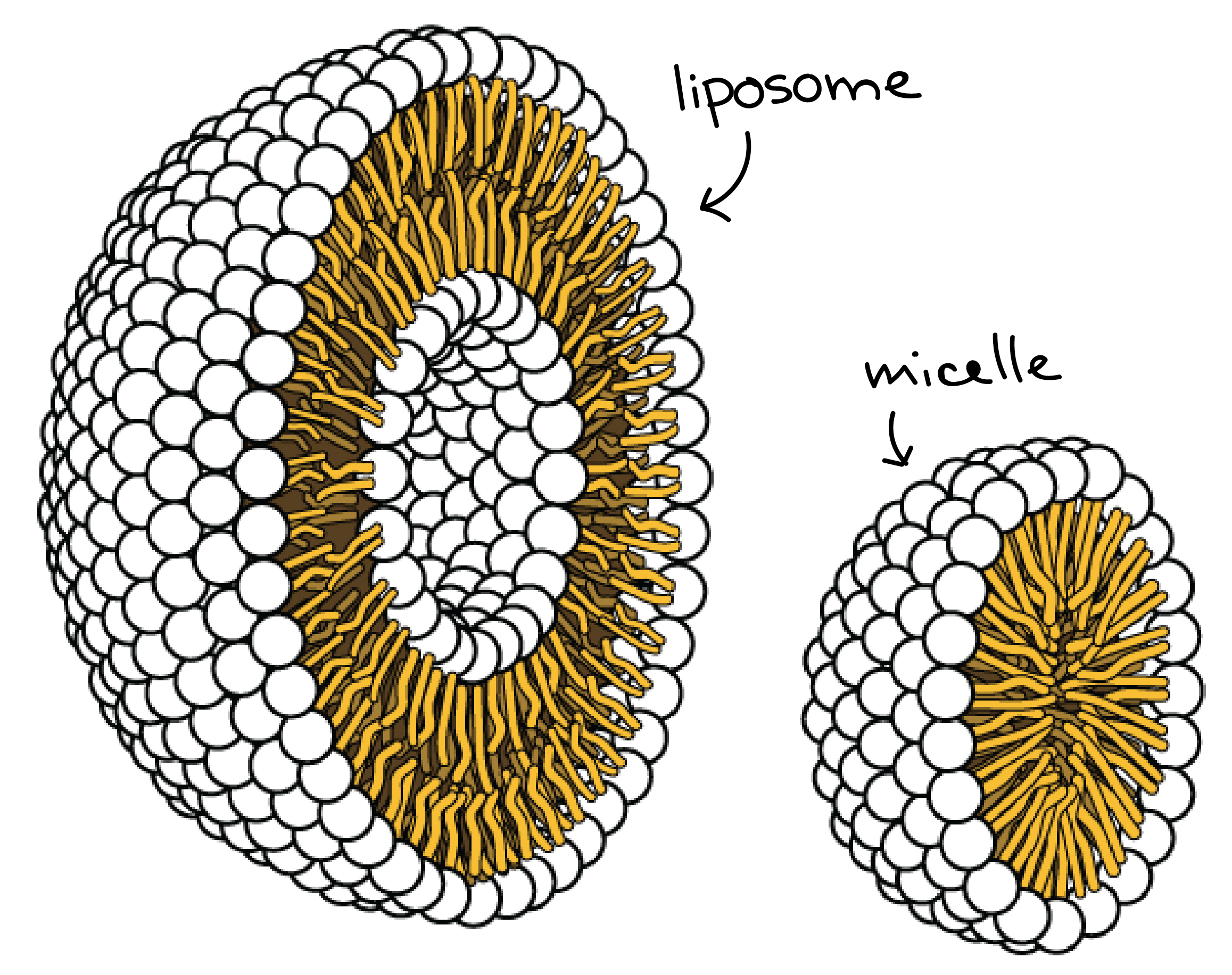
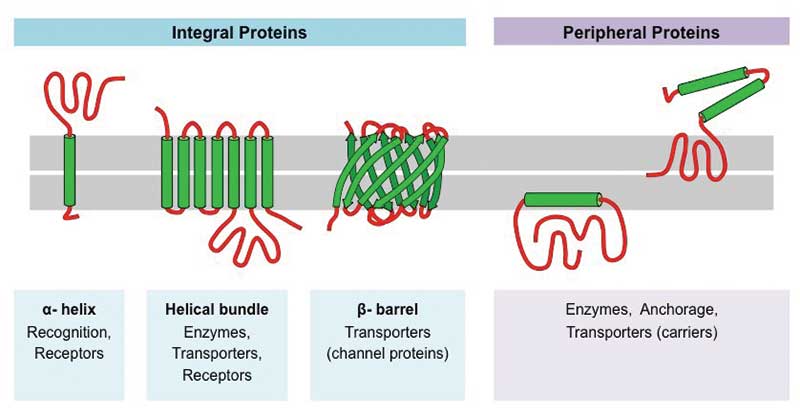

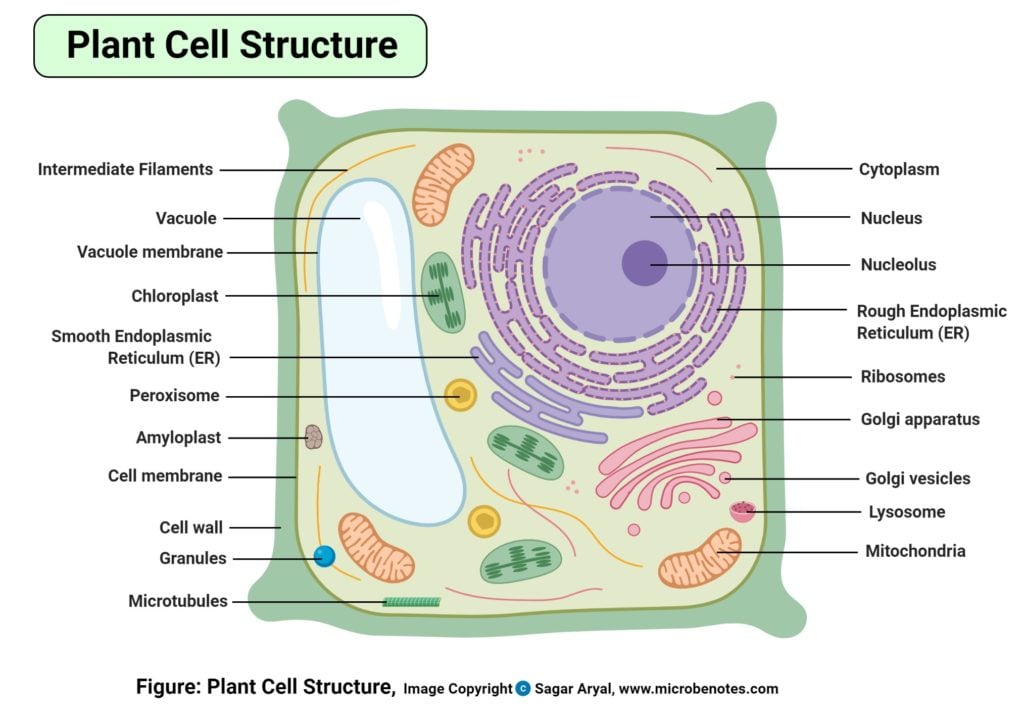

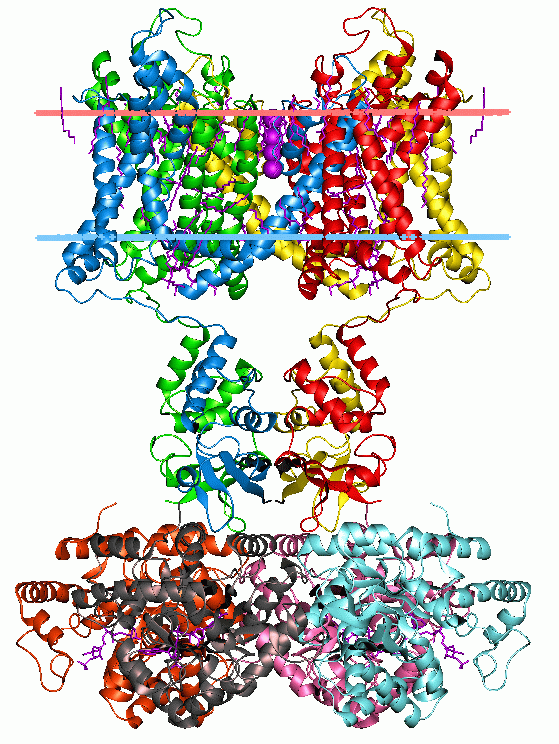

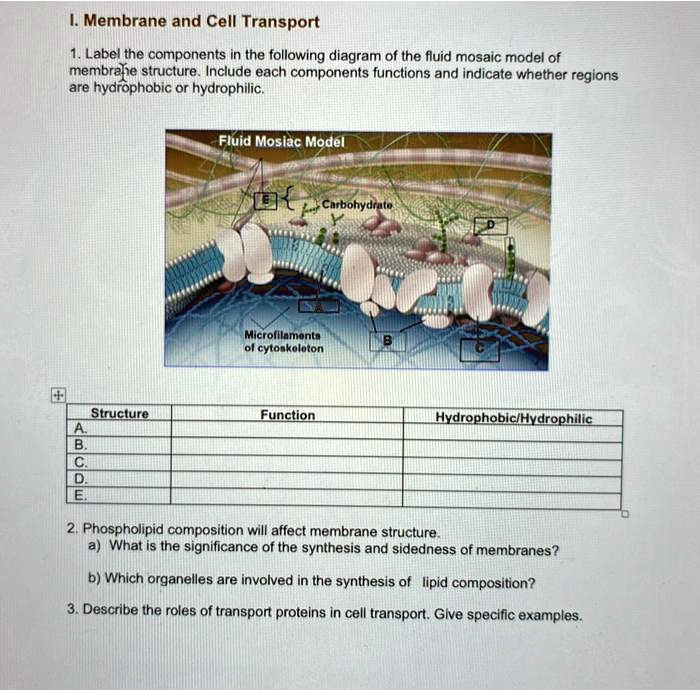
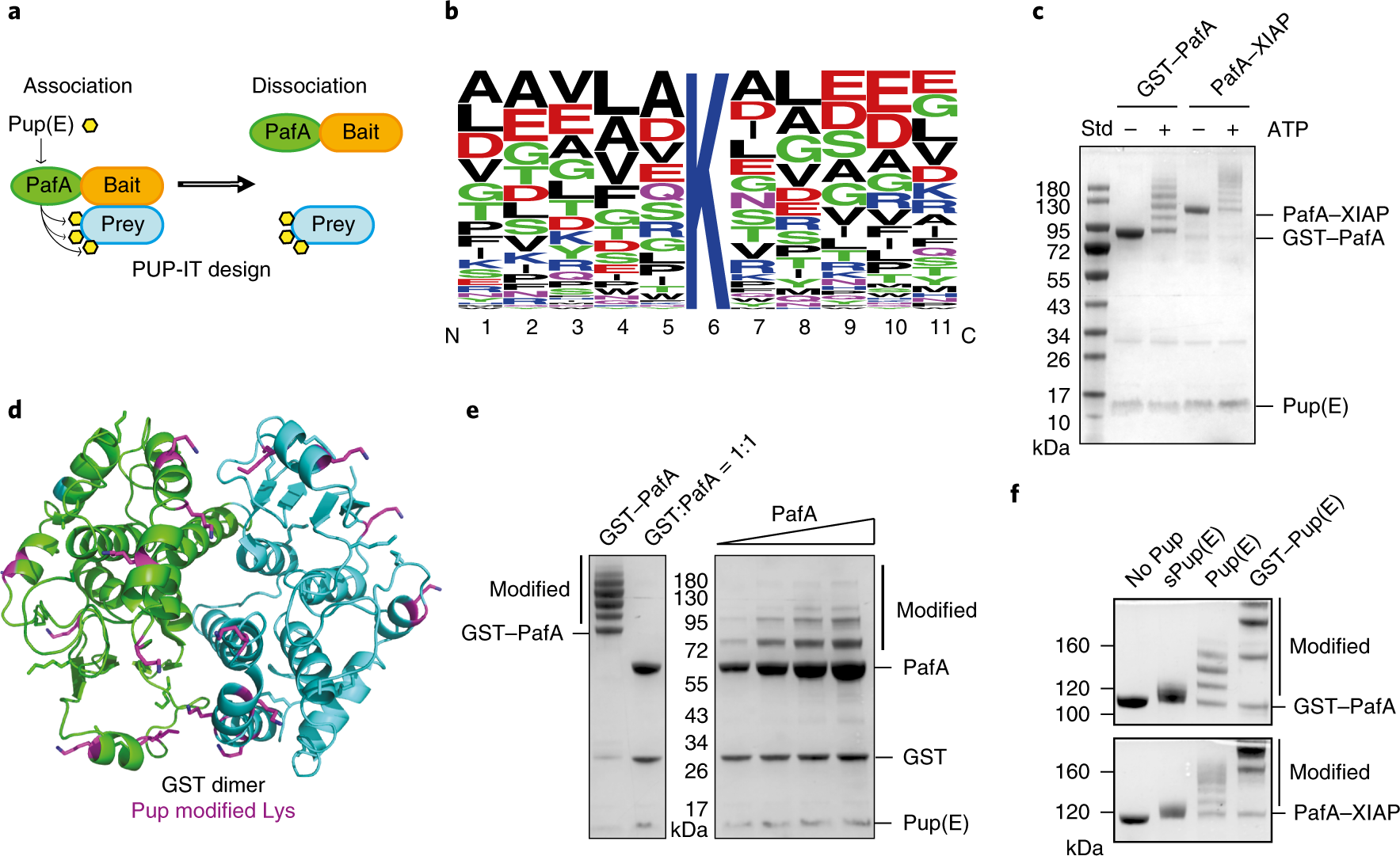



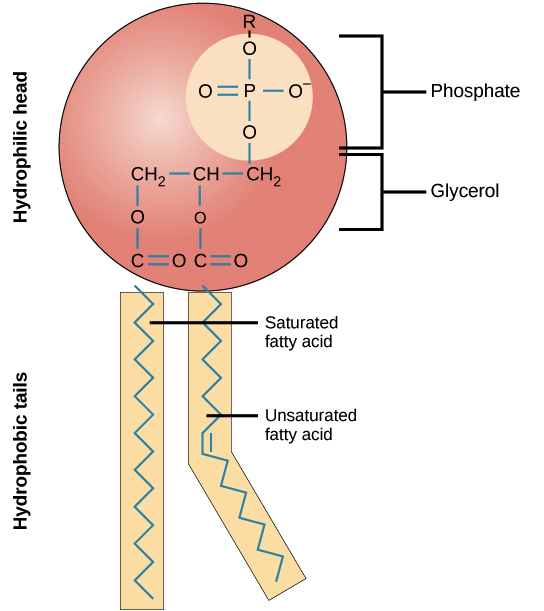
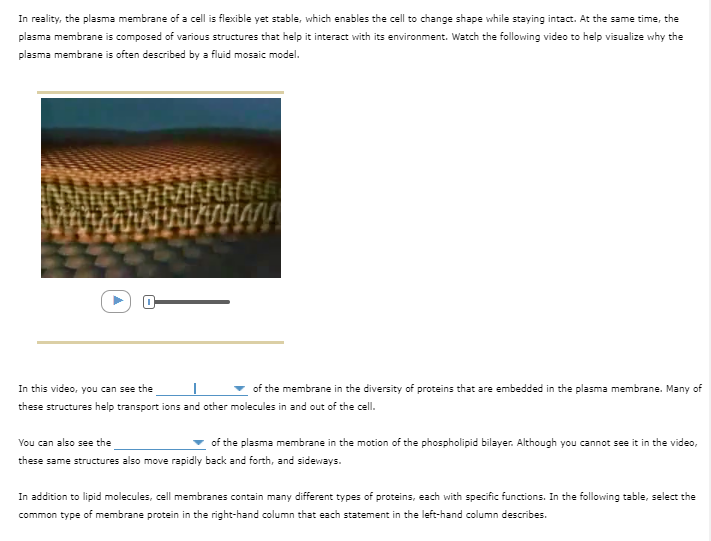
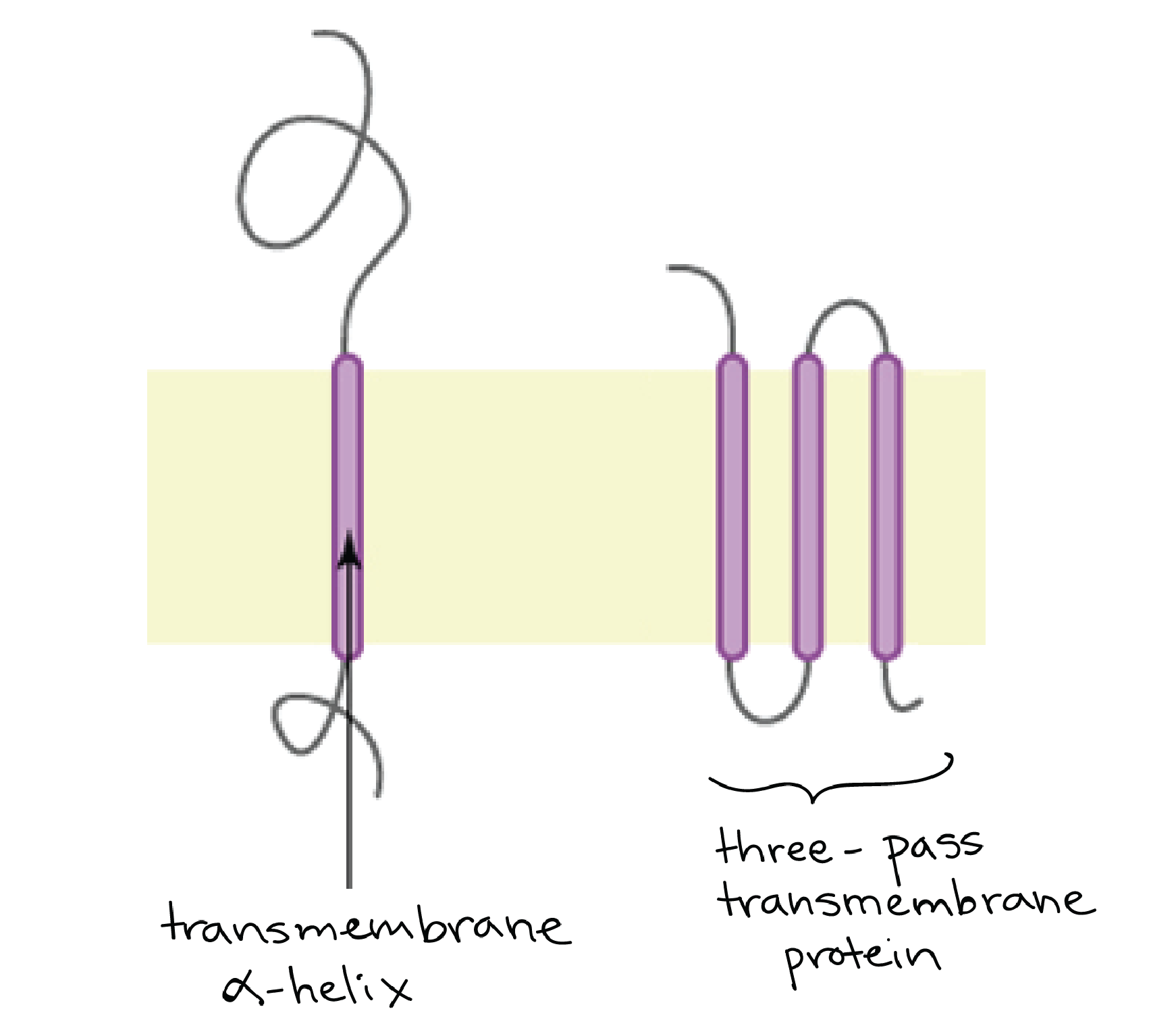
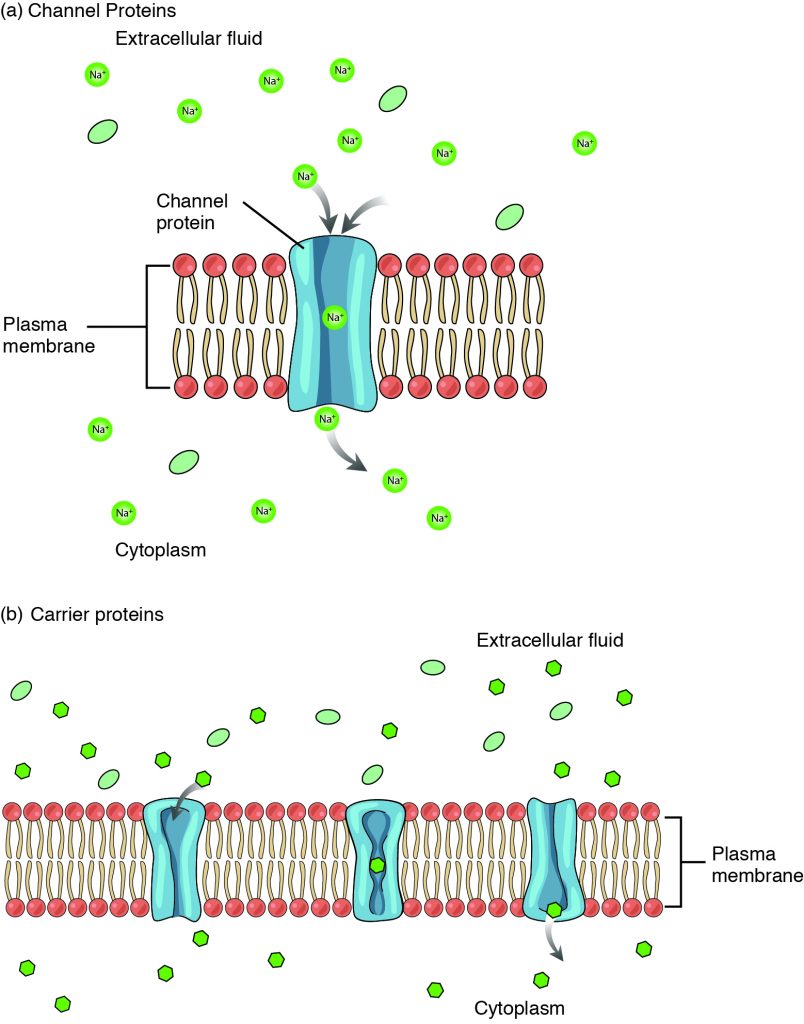
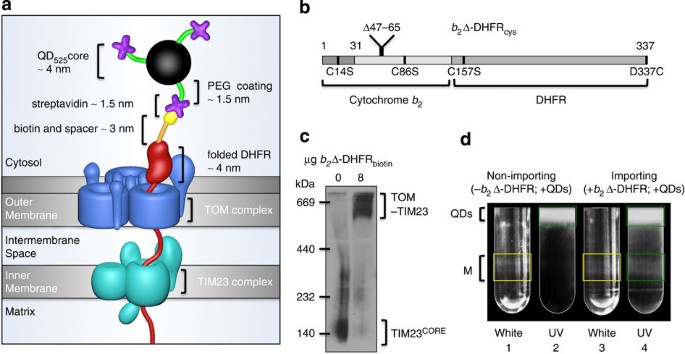

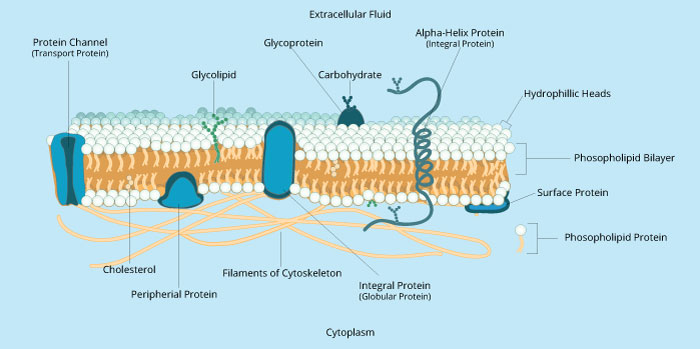
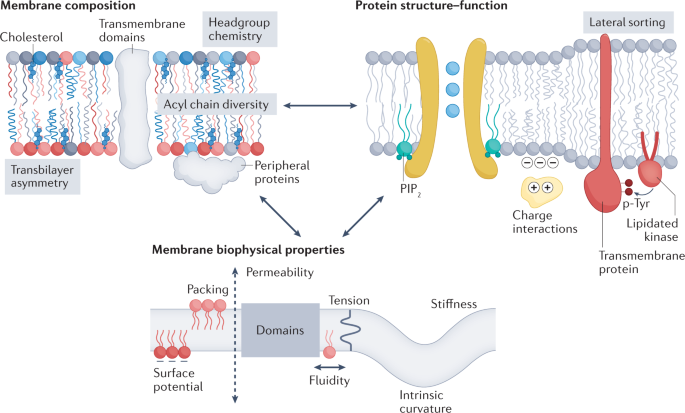
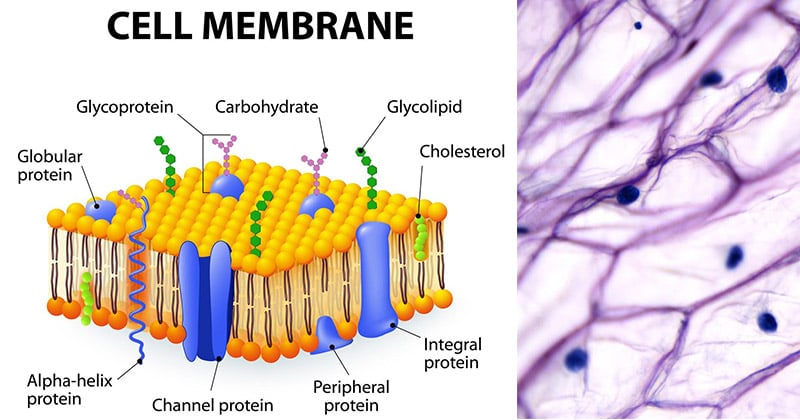
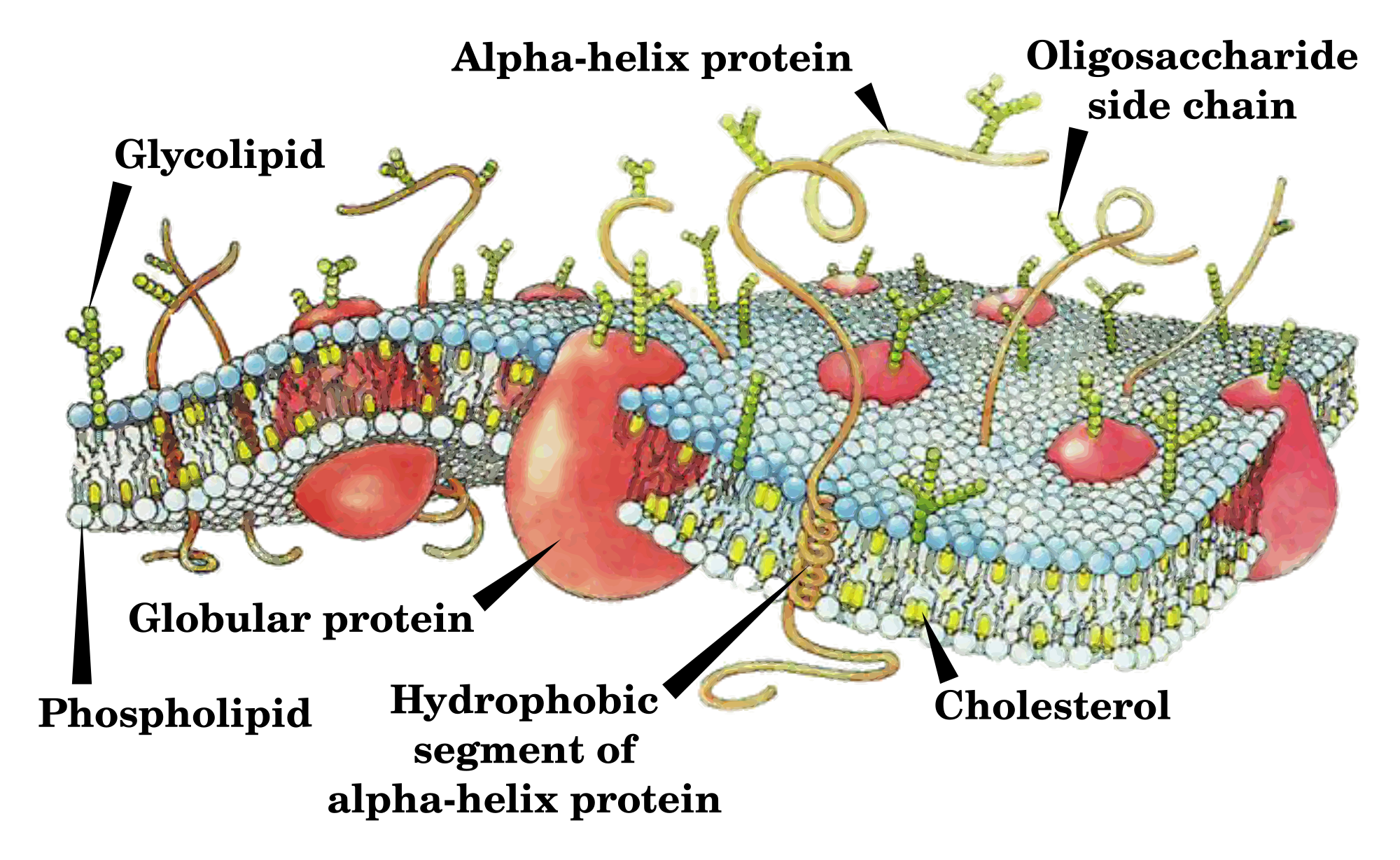

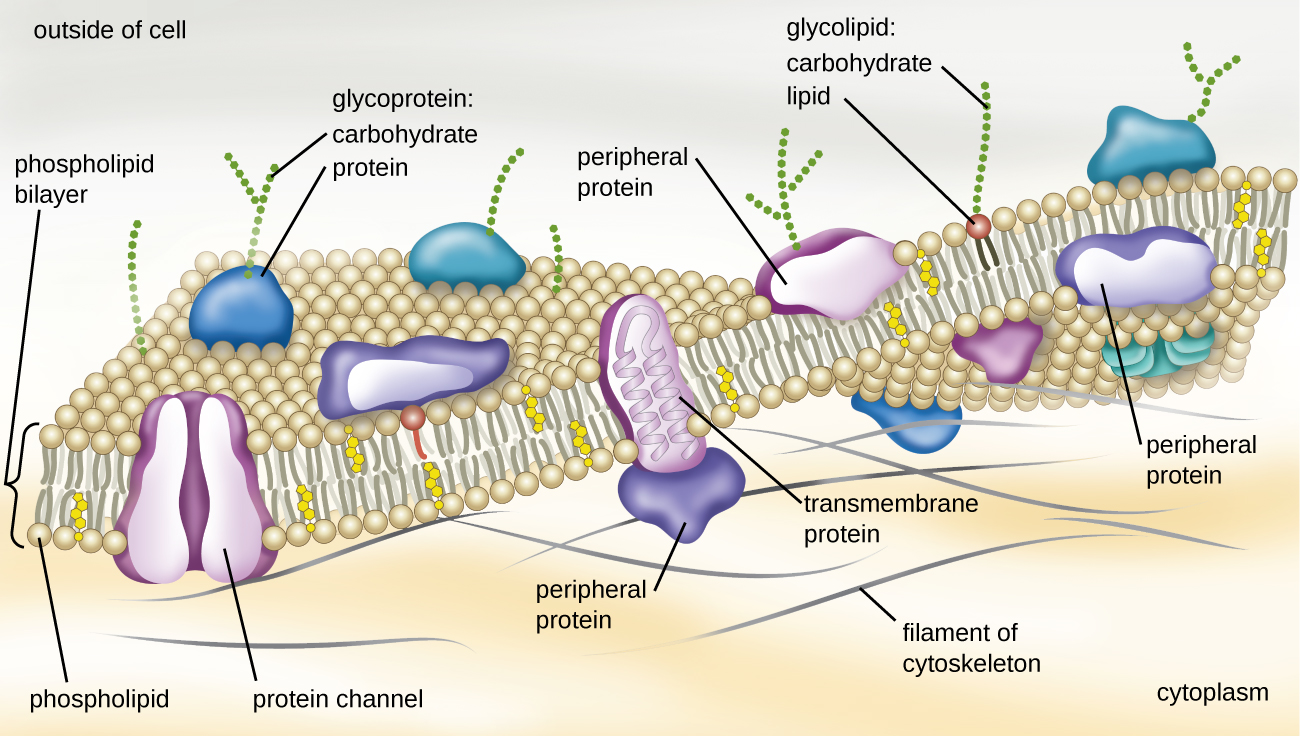



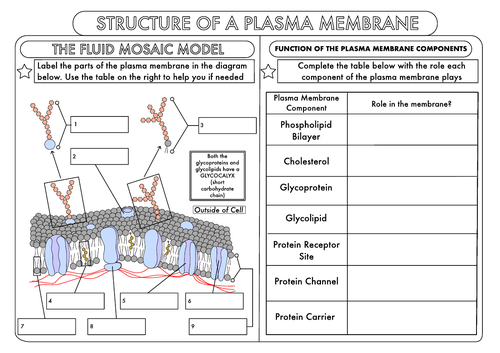




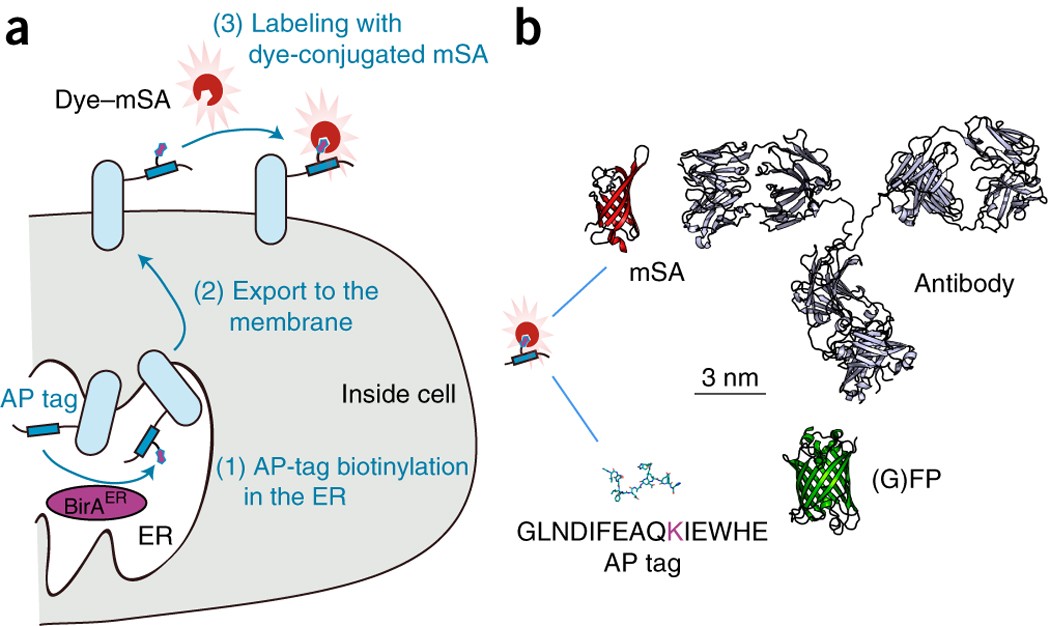
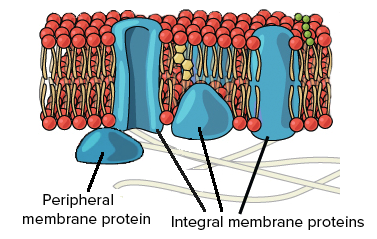


:max_bytes(150000):strip_icc()/cell-membrane-373364_final-5b5f300546e0fb008271ce52.png)
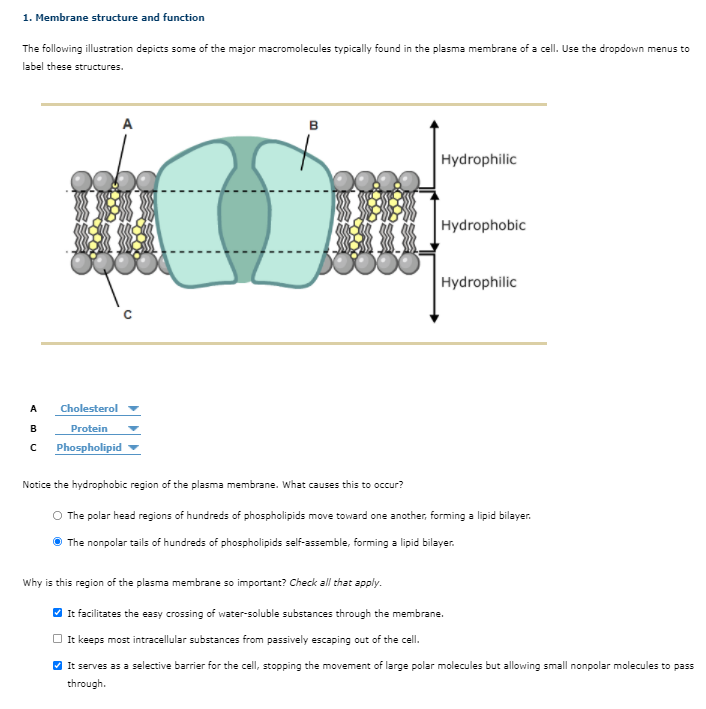

Post a Comment for "44 label the structure and functions of membrane proteins"